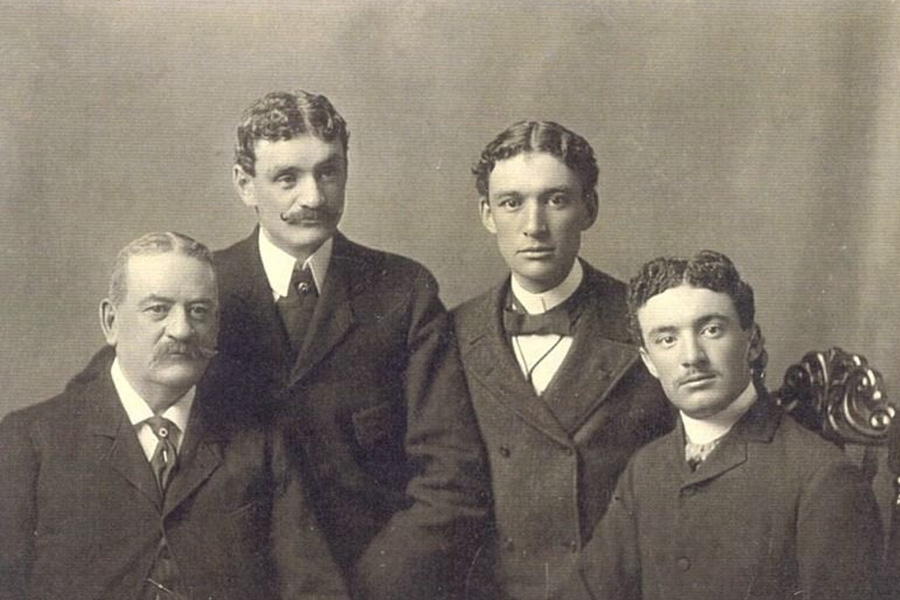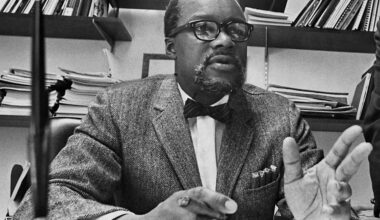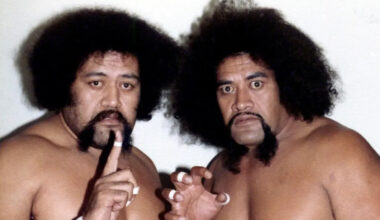Basic Information
| Field | Details |
|---|---|
| Full name | Beverly Hemings |
| Birth | April 1, 1798 |
| Birthplace | Monticello, Albemarle County, Virginia |
| Status at birth | Enslaved |
| Mother | Sally Hemings |
| Father | Widely believed to be Thomas Jefferson (based on timing, oral histories, and later evidence linking a Jefferson male line) |
| Siblings | Harriet (b. 1801), Madison (b. 1805), Eston (b. 1808) |
| Training | Carpentry under his uncle John Hemings; accomplished fiddler |
| Departure from Monticello | 1822 (age 24), without pursuit |
| Later life | Likely lived as white; after 1822 his trail is largely untraced |
| Possible death | Around 1873 (unverified) |
| Notable for | Eldest surviving child of Sally Hemings; skilled artisan and musician; early-19th-century example of racial passing |
Origins at Monticello (1798–1822)
Beverly Hemings was born on April 1, 1798, in the orbit of one of the new nation’s most powerful households. Monticello was both a showcase of Enlightenment idealism and a working plantation sustained by enslaved labor. Within that paradox, Beverly came of age.
By his early teens, he was learning the precise rhythms of carpentry under his uncle, John Hemings, a renowned woodworker whose shop turned out fine furniture and architectural details. Precision mattered: a board planed true, a mortise fit tight, a molding cut clean. Beverly’s hands learned the language of wood.
He also learned the language of music. Accounts describe him as an accomplished fiddler, providing tunes for dances and entertainments. In a house where guests debated liberty by candlelight, an enslaved violin could cut through the night like a second voice—melancholy one moment, joyful the next.
Beverly’s complexion, like that of some of his siblings, allowed him to “pass” for white. That fact hovered over his young life, an unspoken possibility that would become decisive at 24.
Leaving Monticello: 1822 and the Choice to Pass
In 1822, Beverly left Monticello. He was not chased. He was not dragged back. He simply disappeared into a world where his features would not betray him. That same year, his sister Harriet departed by stagecoach, likewise unpursued. The pattern was notable: a tacit acknowledgment that some of Sally Hemings’s children would not be forced to remain.
After that moment, the record falls largely silent. The known becomes conjecture; the documented becomes whispered. Some later anecdotes place Beverly in Maryland, married to a white woman and father to a daughter. Others suggest he may have tried itinerant ventures. None of these claims is securely verified. What is clear is the deliberate emptiness he left behind—a blank page he wrote for himself.
Kinship and the Web of Family
Beverly’s family roots stretch through the nation’s foundational contradictions: enslavement and freedom, kinship and ownership, concealment and rumour. Family oral lore said Thomas Jefferson fathered Sally Hemings’ children. A Jefferson male line was later found to have fathered Eston. Most current interpretations give Sally’s surviving children that paternity. The power and age imbalance and legality of servitude made the relationship inherently consentless.
Beverly’s siblings each carved a different path through those realities:
| Name | Relation | Life dates | Path and notes |
|---|---|---|---|
| Harriet Hemings | Sister | 1801–after 1822 | Left Monticello in 1822; passed as white; life thereafter untraced. |
| Madison Hemings | Brother | 1805–1877 | Trained in carpentry; lived as a free Black man; left a published memoir that shaped public understanding of the family’s history. |
| Eston Hemings (later Jefferson) | Brother | 1808–1856 | Musician and craftsman; gained freedom after Jefferson’s death; later moved north, took the surname Jefferson, and his descendants lived as white. |
The family’s internal bonds were strong despite the constant pressures of enslavement. They shared skills, music, and—when possible—mutual protection. That closeness helped some of them step over the color line, even as others chose to live publicly as Black.
Work, Music, and the Texture of a Life in Bondage
A life in bondage can be measured as much in skills as in scars. Beverly’s training in carpentry began around age 14, a common age to advance from errands to real craft within the plantation’s workshops. He would have planed boards for doors and floors, fitted frames, and perhaps assisted in repairs that kept the estate’s famous architecture intact. Under the exacting eye of John Hemings, he learned joinery and finishing—work that demanded patience, geometry, and a steady hand.
Music threaded through the workday and the evenings. Fiddlers on Virginia plantations were cultural linchpins; they transformed rough rooms into ballrooms. Beverly’s violin could animate a quadrille or ease a weary supper. He and his brother Eston, also a talented musician, were said to play together—brothers in harmony as well as blood.
After 1822: A Trail of Hints and Silences
Once Beverly left, his life slips into shadow. Some accounts claim he settled in Maryland, married a white woman, and had a daughter. A few scattered notes—often secondhand—place him in the mid-Atlantic into the 1870s. Others have floated colorful but unconfirmed tales of showmanship and travel. These fragments have never coalesced into a documented timeline.
What does that silence mean? In one sense, it signals success. Passing depended on invisibility: no paper trails, no old acquaintances, no slips of the tongue. To vanish was to live. In another sense, it speaks to loss. A craftsman’s hands and a musician’s ear disappeared from the historical record, leaving us to listen for echoes.
Money, Freedom, and the Limits of the Ledger
Beverly’s financial story is the story of dispossession. As an enslaved person, his labor profited others; he owned nothing he could legally protect. When he left in 1822, he plunged into a different calculation: earnings without public identification, opportunity balanced by secrecy. No credible ledgers, obligations, or inheritances attach to him. By 1826, Jefferson was in debt and the estate was sold and divided. Madison and Eston earned formal freedom in that upheaval, whereas Beverly’s previous escape was an informal way to the same end—though he erased himself.
Memory, Debate, and Legacy
Beverly Hemings stands at the crossroads of American memory: a single life reflecting the contradictions of a slaveholding republic. His story helps ground a set of intertwined debates—paternity, consent, and power—within the lived experiences of those who bore the weight of them. The larger historical conversation has moved toward recognizing a Jefferson male’s paternity for Sally Hemings’s children and the coercive context of their mother’s relationship. That recognition does not solve the puzzle of Beverly’s fate, but it clarifies the forces that shaped his choice to leave.
He offers a different kind of legacy, too. In the whir of a plane against oak, in the swing of a bow across strings, in the soft footsteps of someone crossing a threshold from one world to another—there is the measure of Beverly Hemings. His life was a bridge. He walked across and never looked back.
FAQ
Who were Beverly Hemings’s parents?
His mother was Sally Hemings, and most historical interpretations hold that his father was Thomas Jefferson.
When and where was Beverly born?
He was born on April 1, 1798, at Monticello in Albemarle County, Virginia.
What skills did Beverly have?
He trained in carpentry under his uncle John Hemings and was known as a talented fiddler.
How did Beverly gain his freedom?
In 1822, at age 24, he left Monticello without pursuit and likely lived thereafter as a white man.
Did Beverly marry or have children?
Claims exist that he married a white woman in Maryland and had a daughter, but these details remain unverified.
What became of his siblings?
Harriet left in 1822 and passed as white; Madison lived as a free Black man and left a memoir; Eston later adopted the surname Jefferson and his descendants lived as white.
Is Thomas Jefferson widely accepted as the father of Sally Hemings’s children?
Yes, most scholars accept that a Jefferson male—most likely Thomas Jefferson—was the father of her surviving children.
Do any financial records of Beverly exist?
No reliable records of personal wealth, debts, or inheritances tied to him have been documented.
Why is Beverly’s story significant?
It illuminates the complexities of race, identity, coercion, and freedom in early America, and the ways individual lives were shaped by those forces.
How long did Beverly live?
His post-1822 life is largely untraced; some reports suggest he lived into the 1870s, but this is not confirmed.



